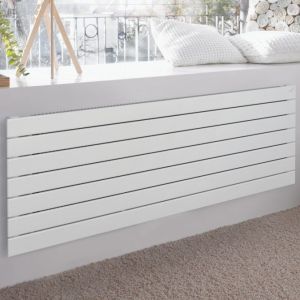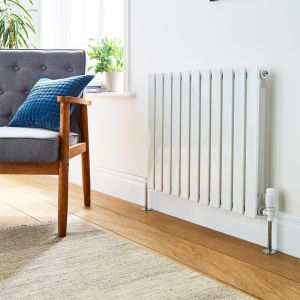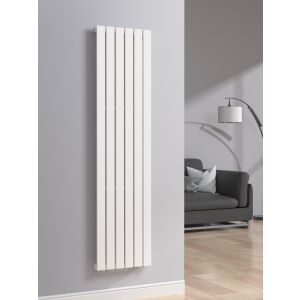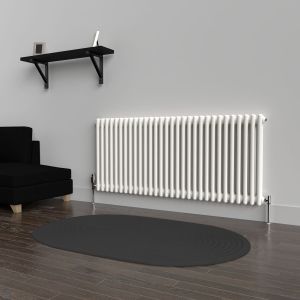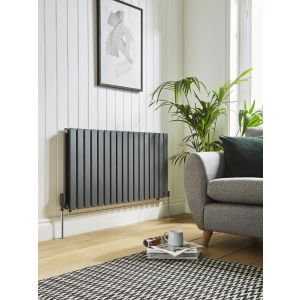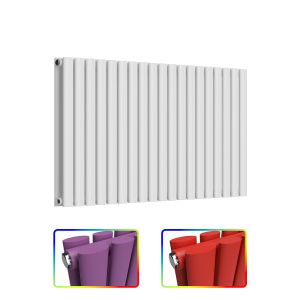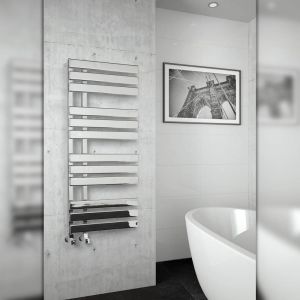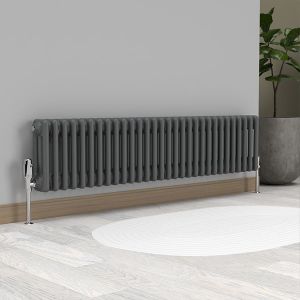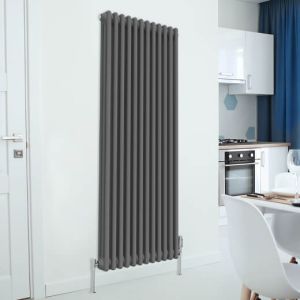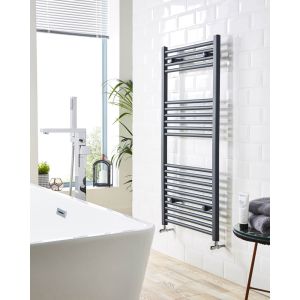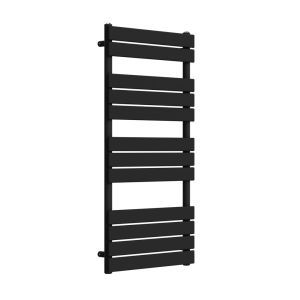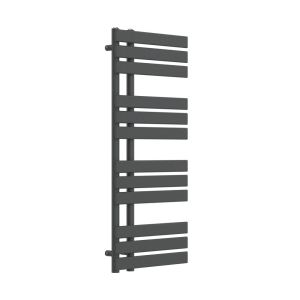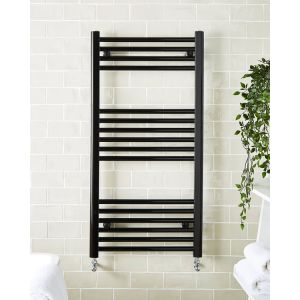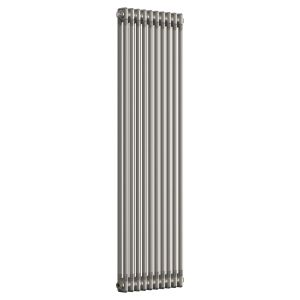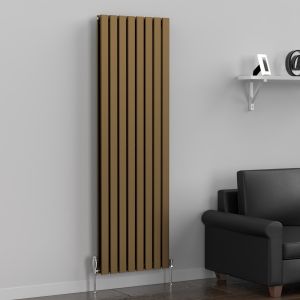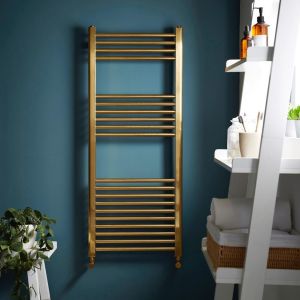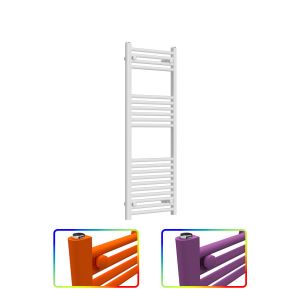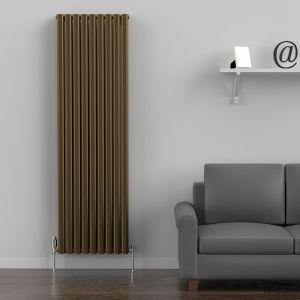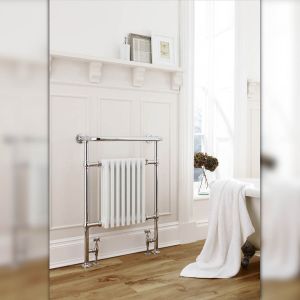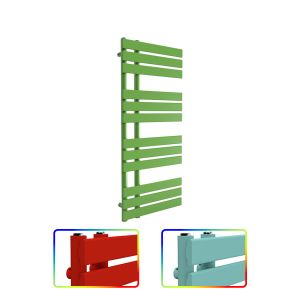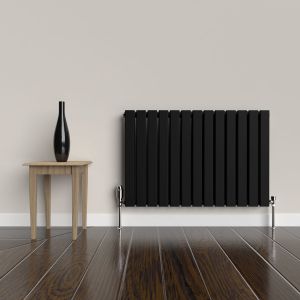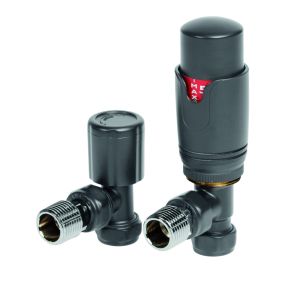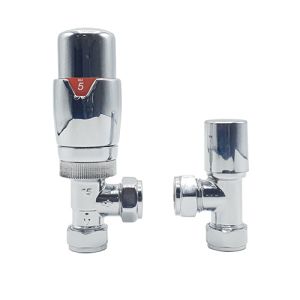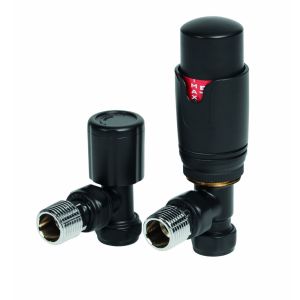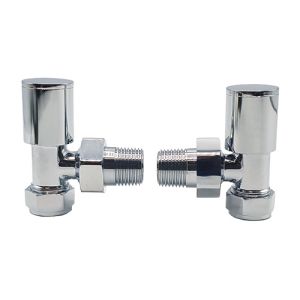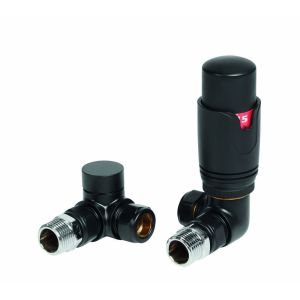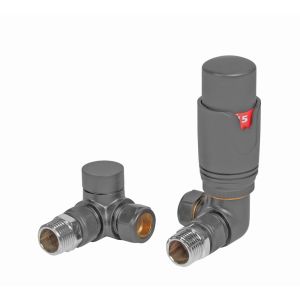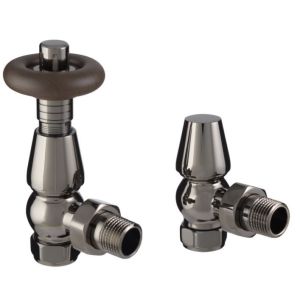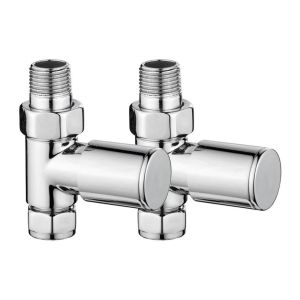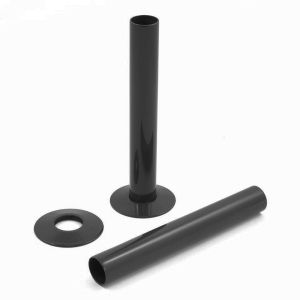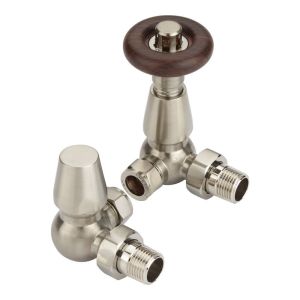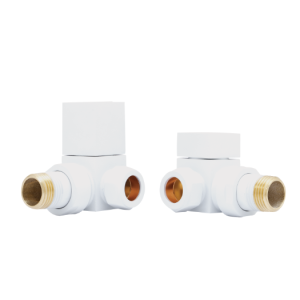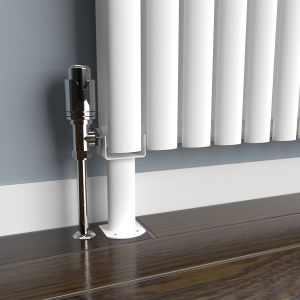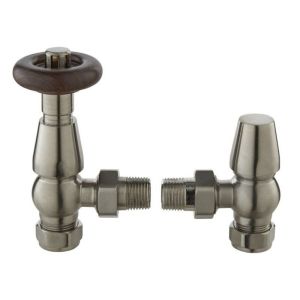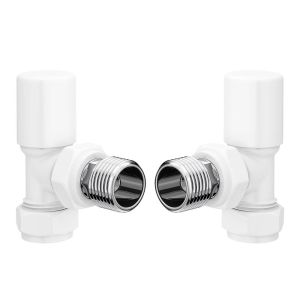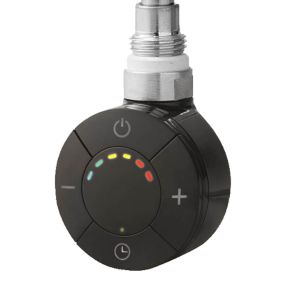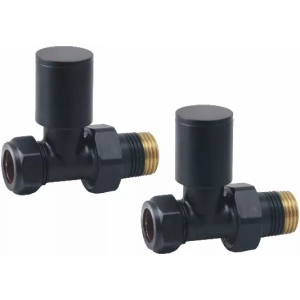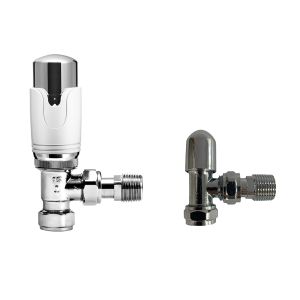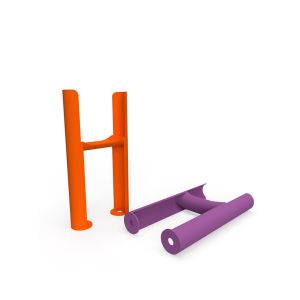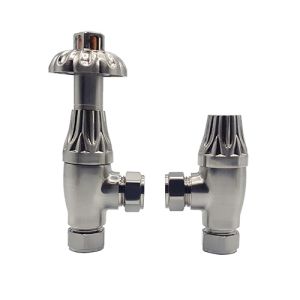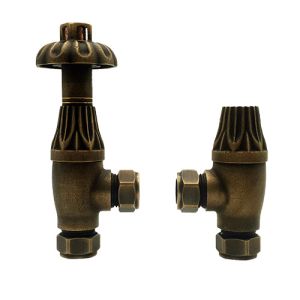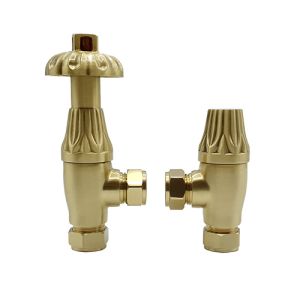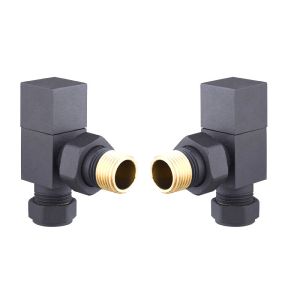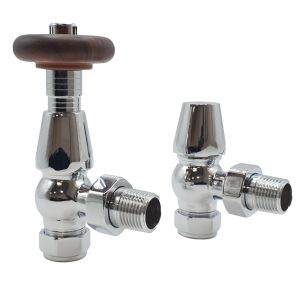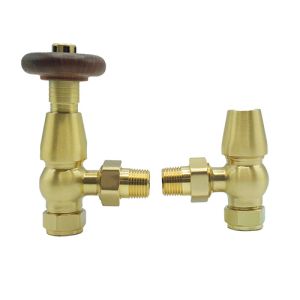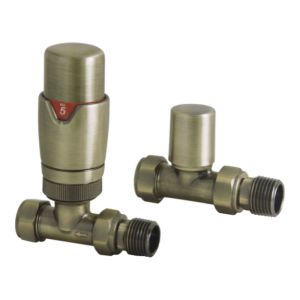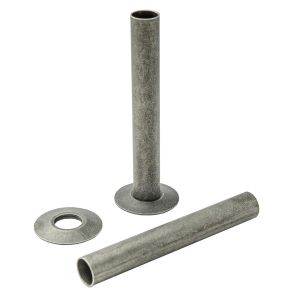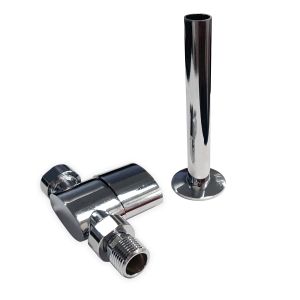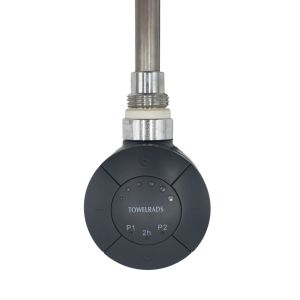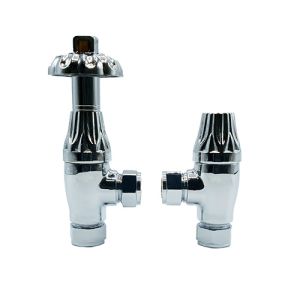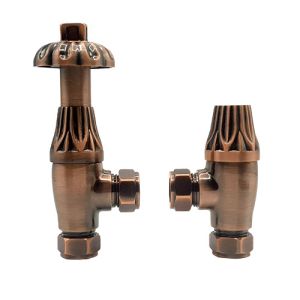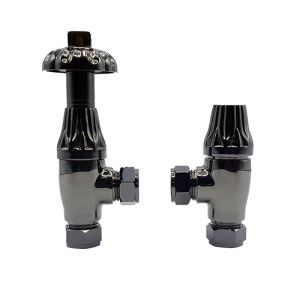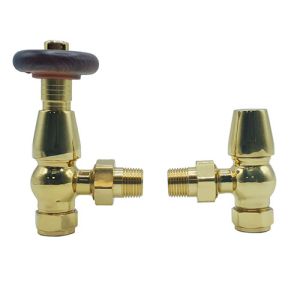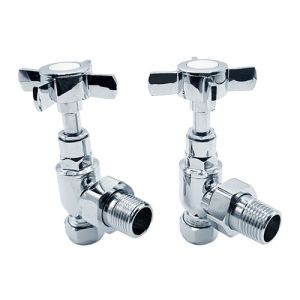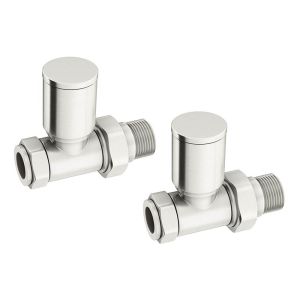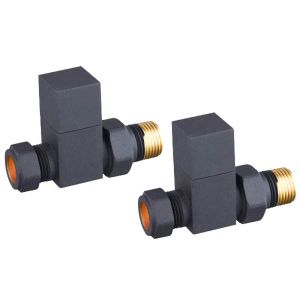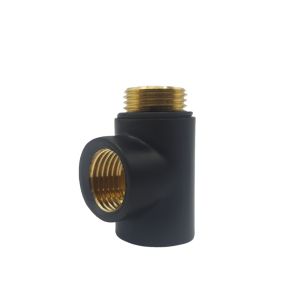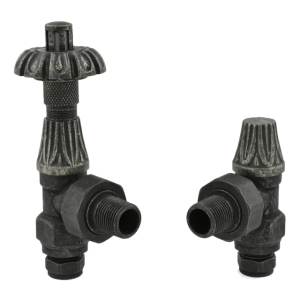To be fair, one of the last things homeowners think about when they’re looking to purchase heated towel rails for their central heating system is the valves they’ll need to select along with them. Now, it’s not necessarily something to cause you a headache, but it’s important for you to be aware of the different kinds of valves available, what they do, their benefits and which valves then are most advisable to select for your new towel rail. So, here’s a rundown of what you ought to be aware of…

What valves are on the market?
First things first; you’re likely to discover that, in the UK, you can purchase angled, straight corner or H-block valves. Most of these varieties are most commonly designed to fit with ‘bottom opposite end’ (BOE) connections, which ensures the heated water enters and exits a radiator – or towel rail – at either end of its bottom edge:
Angled Valves
Extremely commonly used, angled valves enable a connection between a unit and pipework at an angle, often at 90 degrees; they owe their popularity to the fact that they aid a neat, smart appearance because fitting one to pipes from a wall or from under floorboards means you’ll probably be able to reduce the amount of pipework feeding a unit compared to other valves
Straight valves
simply speaking, this kind of valve’s the opposite of an angled valve as the water flows through it in a ‘straight’ motion, as opposed to at any sort of angle; straight valves tend to connect, horizontally, to pipework rising straight up from floorboards or to pipework running along the bottom of a wall
Corner valves
often also referred to as a ‘flat front valve’, corner valves are popular with those who want their radiator pipework to look as seamless as possible as it’s designed to ensure no valve taps protrude outwards from the radiator and into a room; the tap instead points upwards, parallel with the device and the wall, but be sure that you can access and operate this type of valve adequately should you fancy installing one or more of them
H-Block valves
noted for being particularly easy to install and uninstall, H-Block valves, once fitted, sort of creating an ‘H’ shape (although more of a ‘U’ shape, to be fair) and they’re suitable for connecting pipes at the centre of a radiator or towel rail’s bottom edge, thus reducing the amount of space a unit may take up in a room where it’s at a premium; for instance, a small bathroom.
Further valve types
Right, having got that clear, this is where it gets a little more complicated when it comes to choosing valves; indeed, for whatever kind of radiator you’re intending to install – a conventional horizontal or vertical unit, a cast iron classic model, a minimalist wall-hugging device or, yes, a towel radiator. And that’s because the four above types of valves can be further categorised; that’s to say some are available as either manual valves, thermostatic valves (TRVs) or Lockshield valves. So, what are these valve types and what differentiates them from each other?
Manual valves
Available as both angled and straight valves and effectively operating like a tap, a manual valve’s the one that most people are most familiar with; its top (the ‘tap’) can be turned on to allow heated water into the radiator and off to cut the water off from entering the unit, but remember; it’s critical with manual valves that you remember to turn them off, otherwise, you might find your heating bill skyrockets
Thermostatic radiator valves (TRVs)
again, available as both angled and straight valves, these alternatives are clever-clever pieces of kit as they’re capable of correctly measuring room temperature and appropriately and reliably setting a radiator’s heat output (that is, the heat of the water a unit contains) by shutting off the water supply when the temperature in a room reaches the level at which the TRV’s been set; therefore, they’re great for ensuring radiators in different rooms of a home can be set at separate temperatures from one another and, of course, potentially saving homeowners a packet on their energy costs
Lockshield valves
often recognisable by the plastic cap with which it’s usually topped, a Lockshield valve ought to be fitted to a radiator if you’re particularly concerned about controlling the water amount that flows from a unit back into the system after you’ve closed the valve; these valves then are great at ‘balancing’ a radiator and its heating system, which means ensuring the system’s water is distributed evenly throughout all its radiators, resulting in energy-efficient and cost-saving energy use.
Is pipe size important?
One more thing to consider when deciding which valves would be best for your radiator or towel rail is the size of the pipework. When talking about pipe size, though, home-heating experts often aren’t so much referring to the length of the pipework feeding a unit as its width. So, it’s the width of the pipework you’ll have to bear in mind when selecting and purchasing valves because, of course, the valves’ connections will need to be able to accommodate the width of the pipes – and vice versa.
Generally speaking, pipes of a width of 15mm are the default choice for home-heating installations in the UK, so it’s fairly unlikely you’ll encounter any other widths. That said, there is always a chance you might, as the pipework can vary from 8mm to 28mm, so at the outset, it’s important to check the width of the pipes you’ll be wanting to hook up your radiator or towel rail to via one or more valves. Note that if you do struggle to find valves that accommodate an unusual pipe width, it is possible to get hold of adapters and connectors that are designed to be fixed between valves and pipes of different widths.












